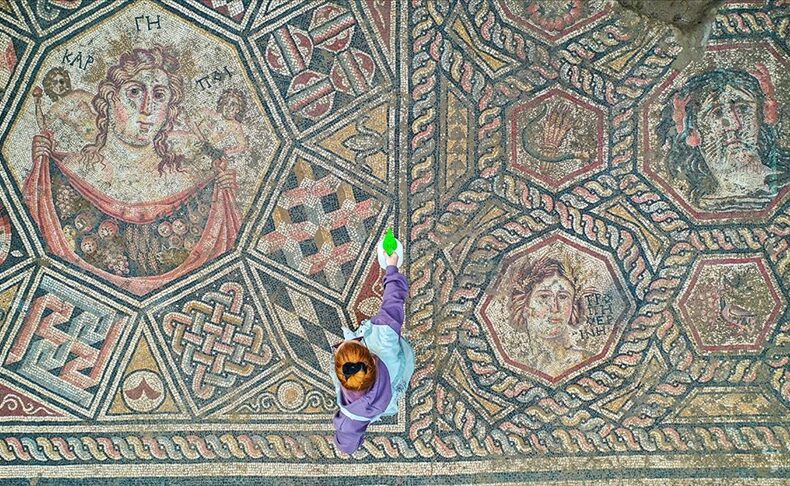
A Roman Mosaic Found 11 Years Ago in Iznik Is Finally Being Revealed: The Askania Figure Emerges
A remarkable discovery in northwest Türkiye is resurfacing after more than a decade. In 2014, workers laying a sewer line in Iznik (ancient Nicaea) briefly uncovered part of a Roman mosaic floor before the area was sealed and placed under protection. What appeared to be a single decorated panel has now, after 11 years, turned out to be the opening chapter of a far more extensive Roman composition.
With expropriation completed and permissions secured, archaeologists from the Iznik Museum have begun reopening the site — and the first newly exposed sections already suggest an artwork of exceptional quality.
The First Panels Reveal a Striking Personification: Askania
As the soil is carefully removed, the most arresting image to appear so far is the personification of Askania, the Roman-era name of Lake Iznik. The figure is rendered as a woman: hair depicted with algae-like strands, a headpiece shaped from crab claws, and a neckline stylized like lapping waves. The inscription “Askania” beside the portrait confirms the identification.
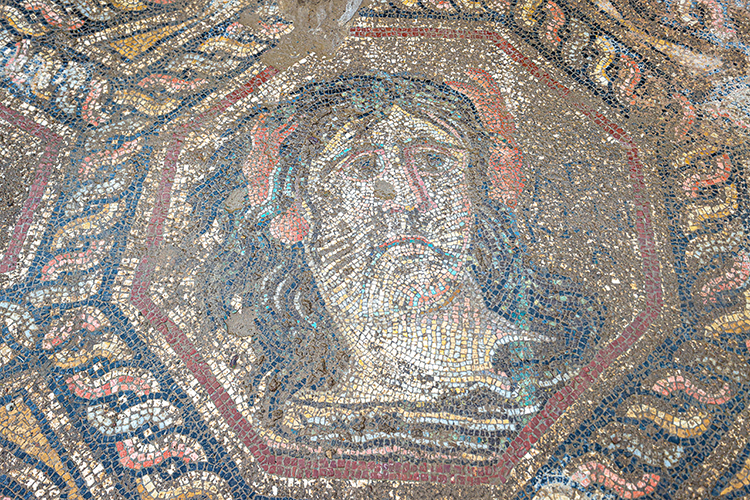
This kind of localized personification — turning a lake into a mythic, almost divine character — is uncommon in the region, making the find particularly valuable for understanding Roman cultural expression in Bithynia.
📣 Our WhatsApp channel is now LIVE! Stay up-to-date with the latest news and updates, just click here to follow us on WhatsApp and never miss a thing!!
A Goddess of Abundance and Unidentified Mythic Figures
Another panel features a seated female figure holding a basket filled with fruits believed to represent agricultural produce associated with the region. Flanking figures with abbreviated inscriptions accompany her, though their identities await epigraphic analysis. Archaeologists suspect the main figure may be a goddess of abundance or fertility, a theme frequently favored in elite Roman interiors.
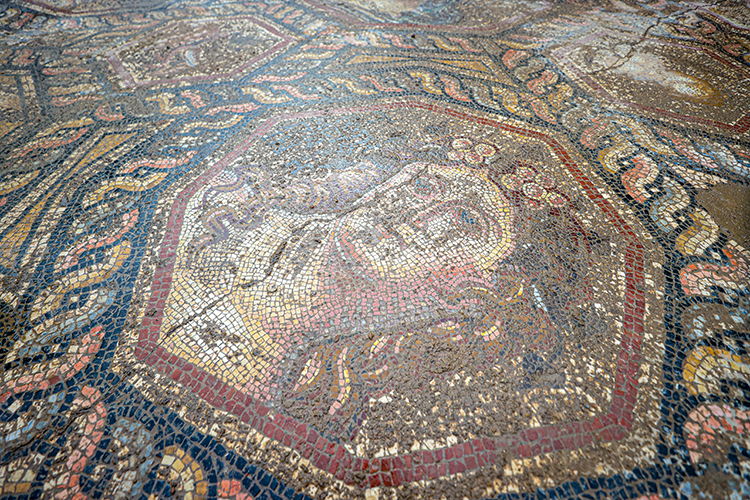
A High-Status Building: Marble Floors, Wall Paintings, and Precision Mosaics
Early architectural clues point toward a high-status Roman building. Traces of wall paintings, fragments of marble flooring, and the exceptional fineness of the mosaic tesserae suggest either a state-sponsored public structure or a lavish private villa belonging to a wealthy inhabitant of Roman Iznik.

Along the threshold leading into the mosaic room, two pairs of sandal imprints mark the symbolic entry point — a motif aligned with elite domestic architecture across the empire.
Masterful Craftsmanship: Pomegranates, Ivy, Braids, and 3D Patterns
The newly uncovered fragments display an impressive range of techniques.
A border of pomegranates and ivy surrounds the main panels, while geometric and three-dimensional motifs echo styles seen in high-end mosaics of the 3rd century CE. Each color appears in several tonal variations, and the tesserae — cut from stone, marble, and glass — reflect a level of artistry that exceeds typical domestic decoration.
A Layered Settlement Used for Centuries
Beneath and above the mosaic, archaeologists identified multiple construction phases.
After the 3rd-century structure was damaged near the end of the 4th century, new buildings rose over it in the 5th, 8th, 10th, and 11th centuries. The uppermost layers contain early Ottoman ceramics.
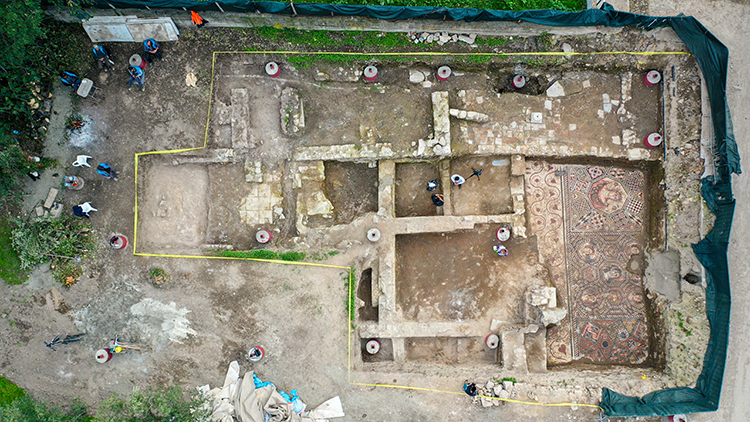
This continuity shows that the site remained occupied — and repeatedly rebuilt — for nearly 1,300 years, from the Roman Imperial period into the early modern era.
Only a Small Portion Is Visible: The Mosaic Extends Under Adjacent Plots
The exposed area represents only a fraction of the total mosaic. Ground-penetrating observations and architectural traces indicate that the pavement continues beneath the street and neighboring properties. Archaeologists expect the composition to expand significantly as excavations progress.
What began as a brief glimpse in 2014 is now unfolding into one of the most impressive Roman-era artistic discoveries in Iznik in recent decades.
Cover Photo: An archaeologist walks across the newly opened Roman mosaic in Iznik, revealing the personification of Askania and surrounding mythological figures. Credit: Mustafa Yılmaz/AA
You may also like
- A 1700-year-old statue of Pan unearthed during the excavations at Polyeuktos in İstanbul
- The granary was found in the ancient city of Sebaste, founded by the first Roman emperor Augustus
- Donalar Kale Kapı Rock Tomb or Donalar Rock Tomb
- Theater emerges as works continue in ancient city of Perinthos
- Urartian King Argishti’s bronze shield revealed the name of an unknown country
- The religious center of Lycia, the ancient city of Letoon
- Who were the Luwians?
- A new study brings a fresh perspective on the Anatolian origin of the Indo-European languages
- Perhaps the oldest thermal treatment center in the world, which has been in continuous use for 2000 years -Basilica Therma Roman Bath or King’s Daughter-
- The largest synagogue of the ancient world, located in the ancient city of Sardis, is being restored



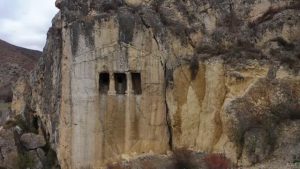

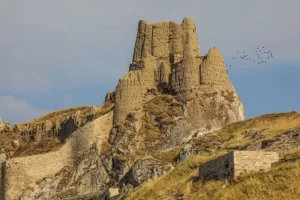
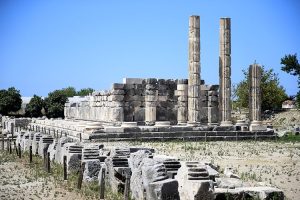



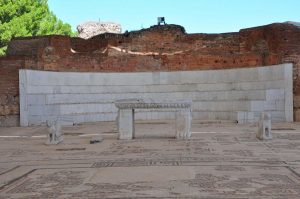
Leave a Reply